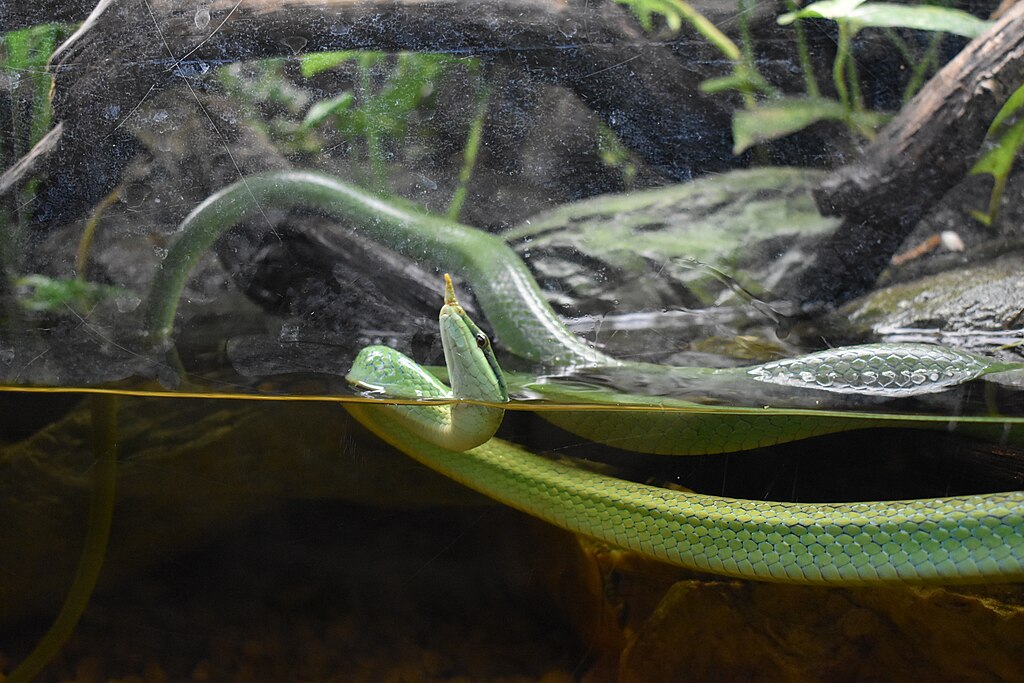When we think of snake predation, the powerful image of a constrictor wrapping around its prey often comes to mind. But beneath this dramatic hunting strategy lies a fascinating physiological story – how snakes manage their own breathing while squeezing the life out of their prey. The respiratory adaptations that allow constrictors to maintain their own oxygen supply while simultaneously restricting their prey’s are remarkable evolutionary achievements. This article explores the intricate relationship between a snake’s breathing mechanisms and its constriction behavior, revealing how these reptiles have solved a complex biological challenge that allows them to be such effective predators.
The Basics of Snake Respiration

Unlike mammals, snakes possess a unique respiratory system adapted to their elongated body shape. They typically have only one functional lung (usually the right), with the left lung being vestigial or absent in many species. This single-lung system extends through much of the snake’s body cavity, creating an efficient oxygen exchange surface. Snakes lack a diaphragm, instead using their rib muscles and associated intercostal muscles to expand and contract their lung in a bellows-like fashion. This muscular control allows snakes to draw air through their glottis (the opening to their airway) and into their lung, where oxygen diffuses into the bloodstream. Understanding this baseline respiratory function is crucial for appreciating how constriction affects breathing patterns.
The Challenge of Constriction
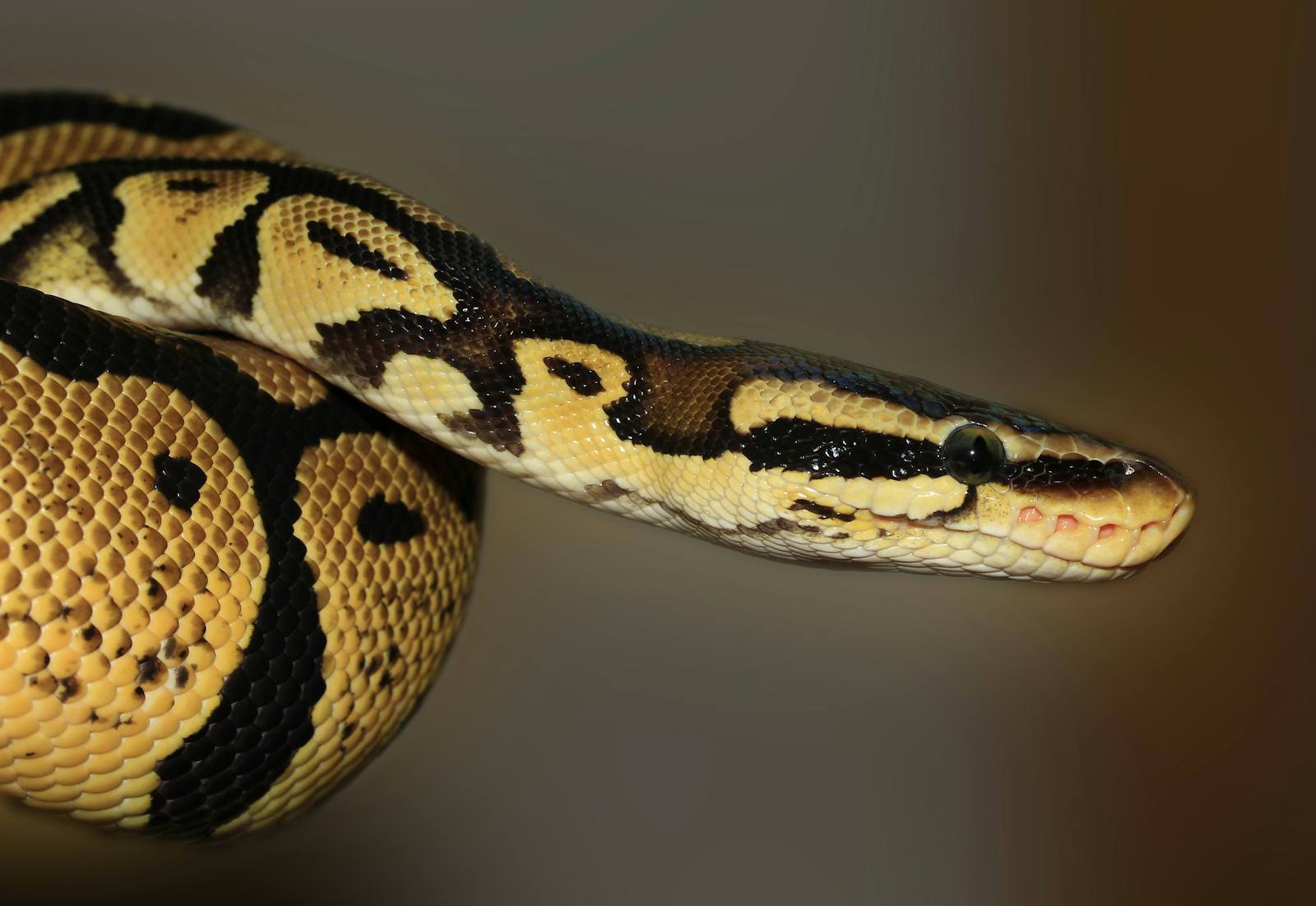
Constriction presents a fundamental biological challenge for snakes: how to maintain their own breathing while using tremendous muscular effort to squeeze prey. During constriction, a snake must coordinate several competing physiological demands simultaneously. The act requires significant muscle exertion, which increases the snake’s own oxygen requirements. Meanwhile, the snake must maintain its respiratory functions despite the fact that its body is tightly wrapped around prey in a way that could potentially limit its own chest expansion. This creates a paradoxical situation where the snake needs more oxygen precisely when its breathing mechanics are most compromised. This challenge has driven the evolution of specialized adaptations that allow constrictors to hunt effectively without suffocating themselves.
Respiratory Muscle Coordination
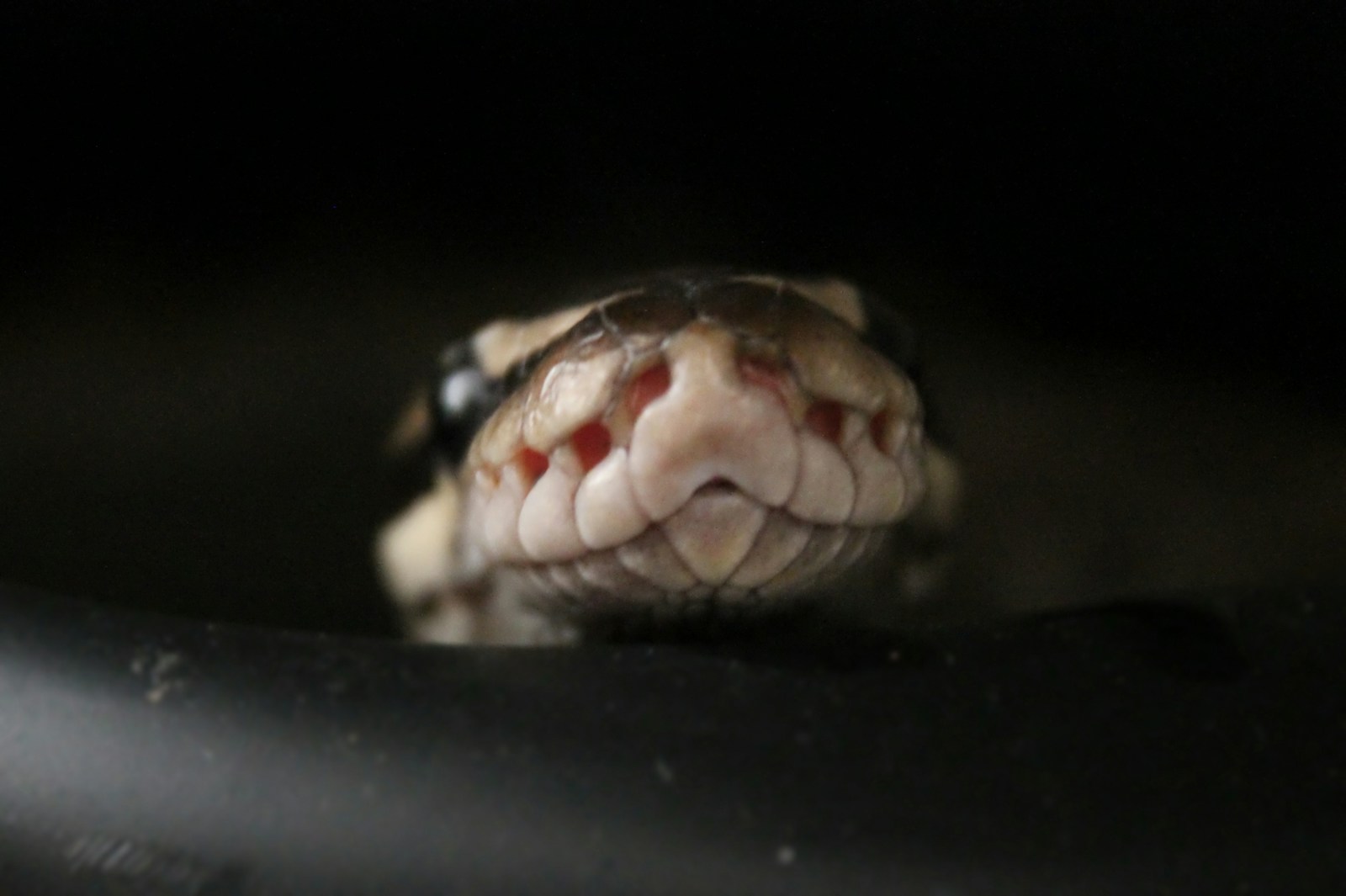
Constrictors display remarkable muscle coordination that allows them to maintain breathing while constricting prey. Research has shown that these snakes can selectively activate different sections of their rib cage muscles, essentially compartmentalizing their respiratory efforts. This means that while some sections of the snake’s body are engaged in the powerful, static contraction needed for constriction, other sections can continue the rhythmic movements required for breathing. The intercostal muscles that control rib movement operate somewhat independently along different portions of the snake’s length. This segmented control system enables the anterior portion of the snake (typically not involved in coiling around prey) to maintain regular breathing movements while the mid-section muscles remain contracted around the prey item. This specialized muscular control represents a key adaptation that makes constriction viable as a hunting strategy.
Changes in Breathing Rate and Depth
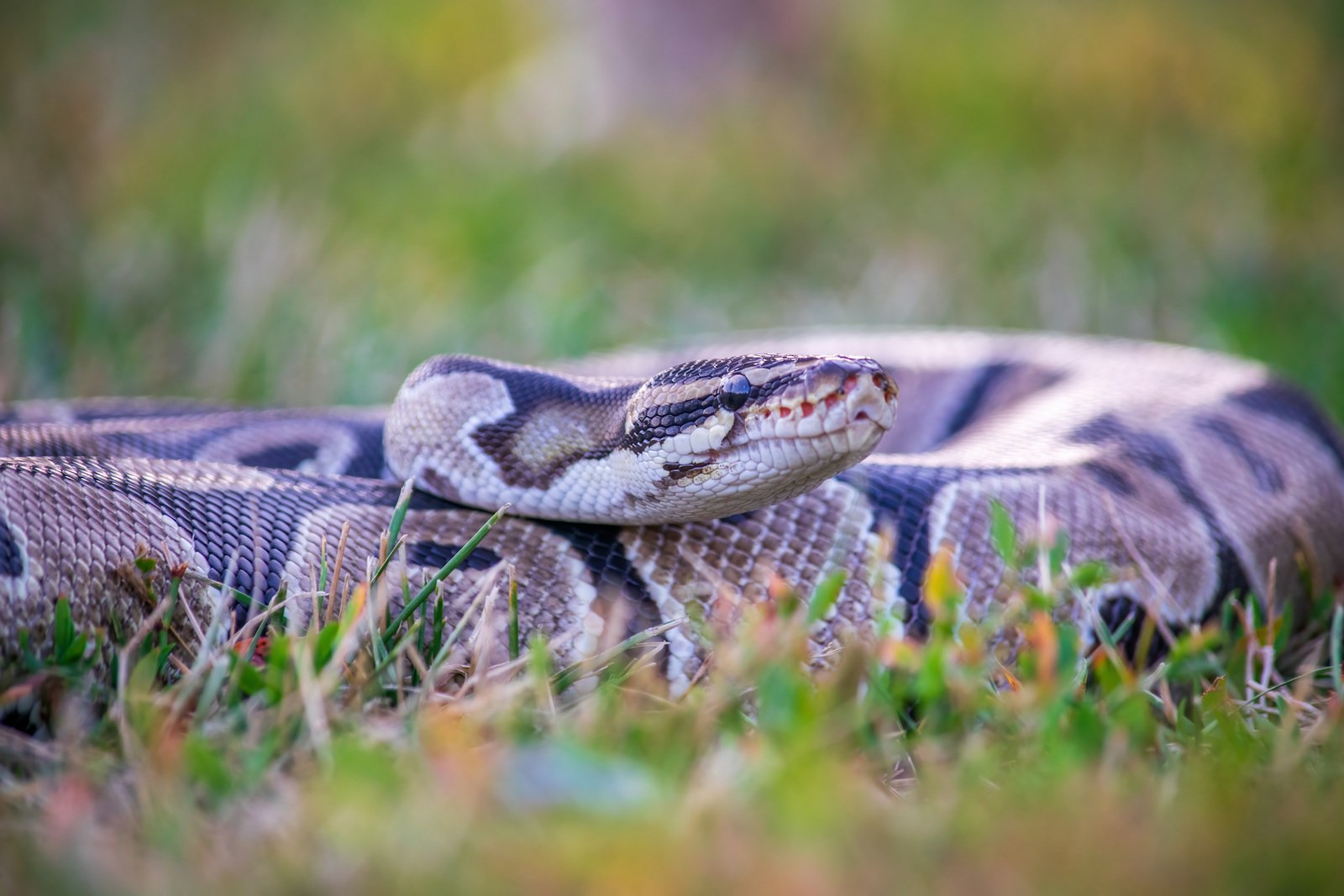
Studies monitoring constrictors during predation events have documented significant changes in breathing patterns. When a snake first strikes and begins to constrict prey, it typically experiences a brief period of breath-holding or apnea. Following this initial phase, the snake often shifts to a pattern of deeper, less frequent breaths compared to its resting state. The breathing rate may decrease by 50-70%, while the volume of each breath significantly increases to compensate. This pattern minimizes the frequency of movements that might compromise the constriction grip while still meeting oxygen demands. Interestingly, this breathing adaptation resembles the physiological responses seen in other animals during intense exertion, suggesting it may be part of a broader vertebrate stress response rather than a constrictor-specific adaptation.
Tracheal Adaptations
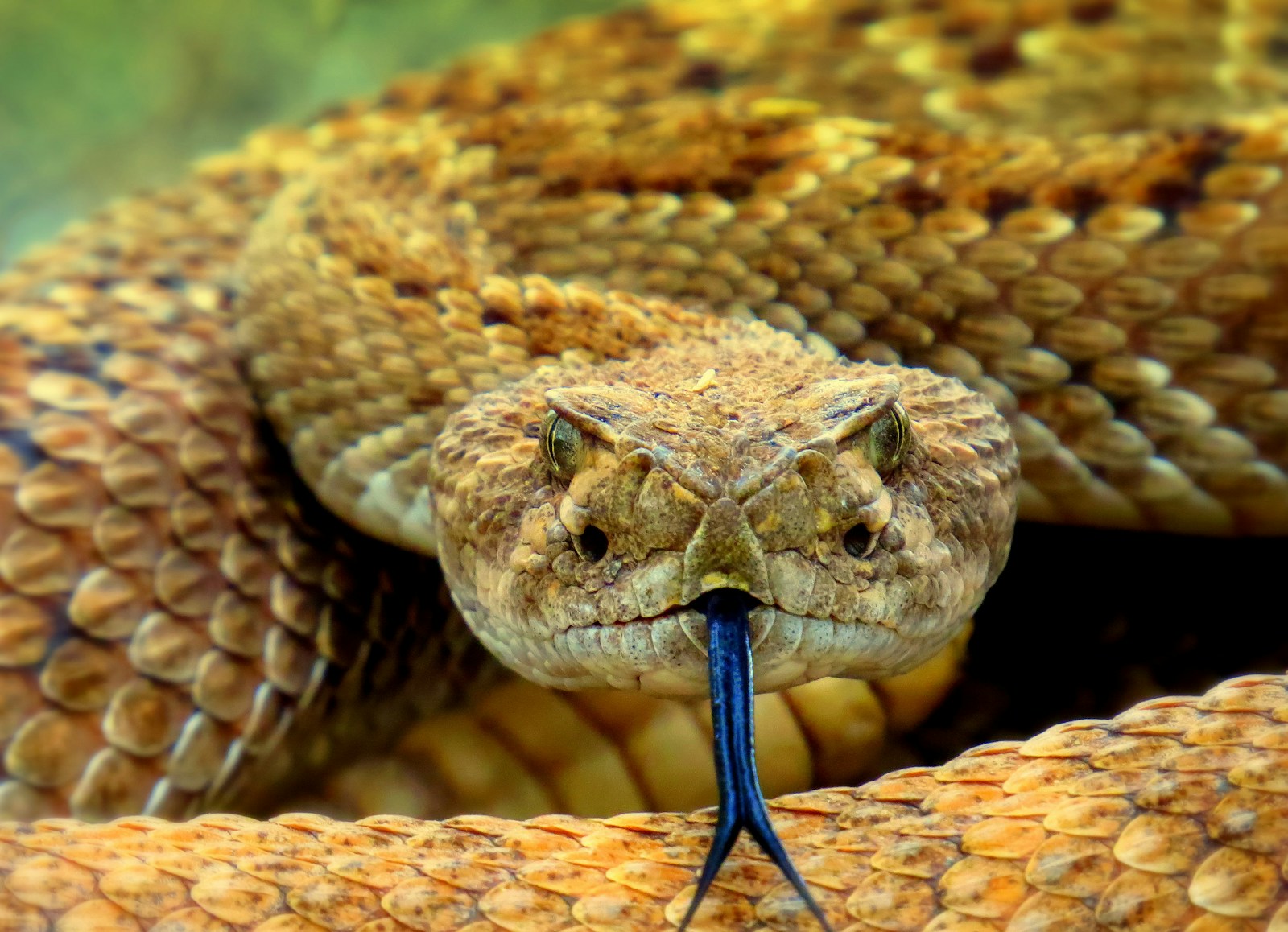
The trachea (windpipe) of constricting snakes has evolved special features that maintain airflow during the contorted postures of constriction. Unlike the more rigid tracheas of mammals, a constrictor’s trachea contains reinforced rings that are nevertheless highly flexible, allowing the airway to bend without collapsing. The trachea also extends further into the snake’s body than in many other reptiles, often running alongside the heart and liver. This extended structure ensures that air can continue flowing even when portions of the snake’s body are tightly coiled. Additionally, the glottis (the opening to the trachea) can protrude slightly from the mouth during constriction, allowing the snake to breathe even when its mouth is engaged with prey. These adaptations collectively ensure oxygen delivery remains uninterrupted during the physically demanding process of constriction.
Cardiovascular Adjustments
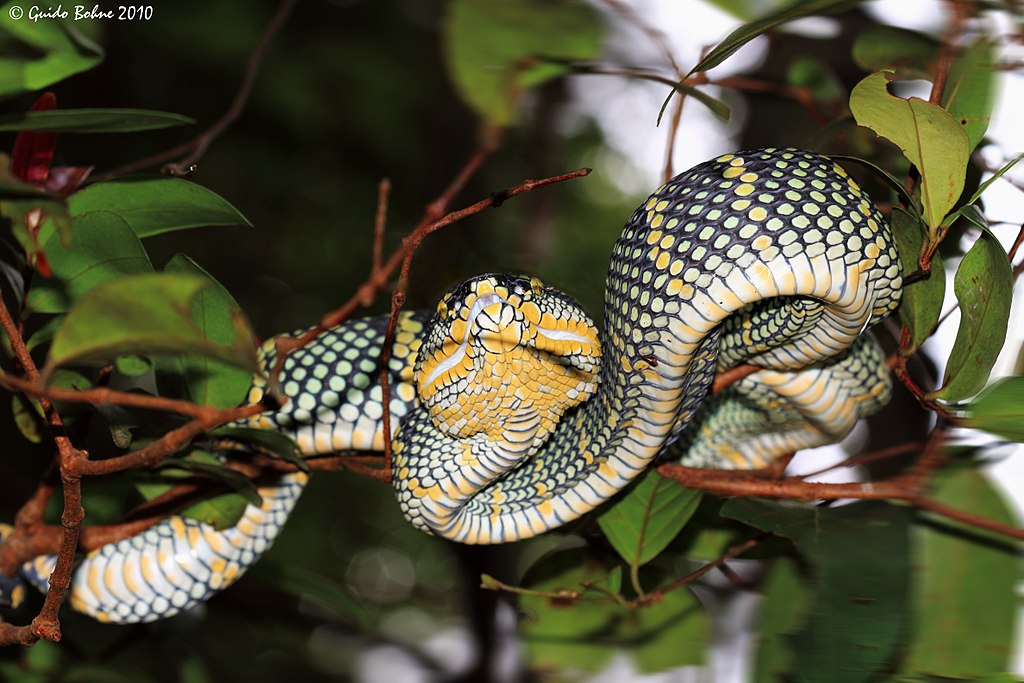
The respiratory changes during constriction are closely linked to cardiovascular adaptations that together form an integrated response. When a snake constricts prey, its heart rate typically increases to support the elevated metabolic demands of muscular exertion. Blood pressure rises accordingly, ensuring adequate perfusion to working muscles. These cardiovascular changes complement the respiratory adjustments, creating a coordinated physiological response to the demands of constriction. Interestingly, research has shown that the snake’s blood vessels can selectively direct blood flow to the most active muscle regions during constriction. This means that while the snake’s breathing rate may decrease, its circulatory system compensates by more efficiently delivering the available oxygen to the tissues that most need it, particularly the muscles engaged in maintaining the constriction posture.
Oxygen Consumption Patterns
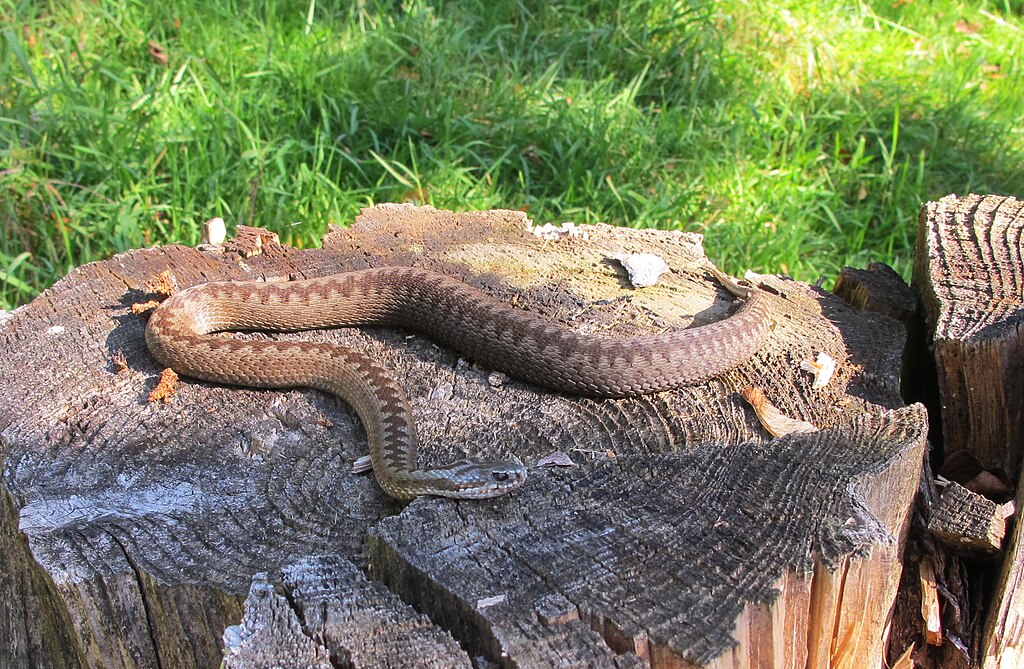
The metabolic demands during constriction follow a distinct pattern that influences breathing requirements. Initial strike and coil formation represent an intense anaerobic burst, creating an immediate oxygen debt. As constriction continues, the snake transitions to a sustained aerobic phase with elevated but stable oxygen consumption. Laboratory measurements show that oxygen consumption can increase 5-7 times above resting levels during active constriction. This elevated metabolic rate gradually decreases as the prey succumbs and struggles less, creating a bell-shaped curve of oxygen demand over the course of a predation event. The snake’s breathing pattern follows this changing oxygen requirement, with the most pronounced respiratory adjustments occurring during the peak of the prey’s struggle. The efficiency with which constrictors manage this changing oxygen demand highlights their specialized physiological adaptations for this hunting strategy.
Species-Specific Differences
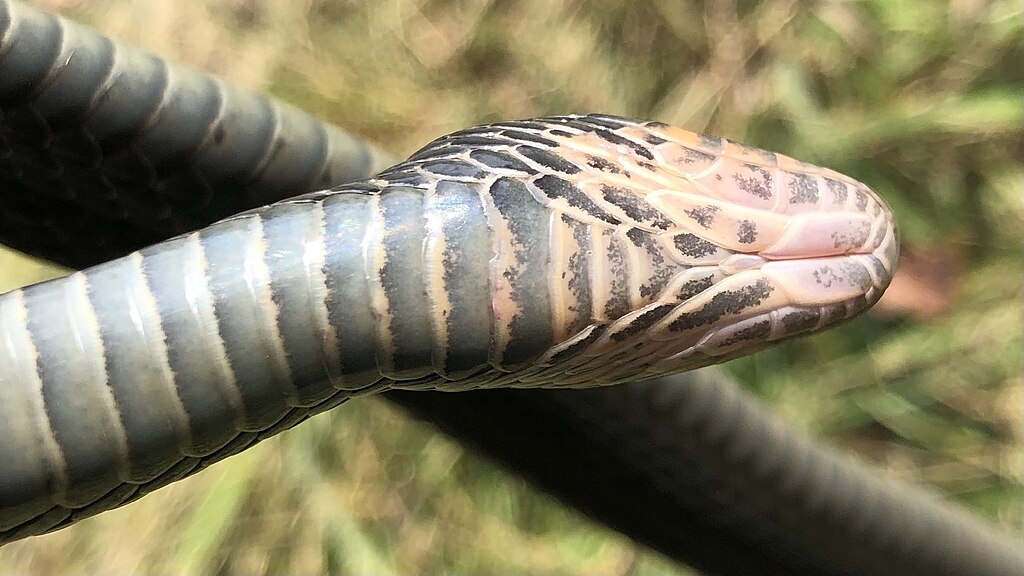
Not all constricting snakes exhibit identical respiratory patterns during predation. Larger constrictors like pythons and anacondas typically show more pronounced breathing adjustments compared to smaller species like rat snakes. These differences reflect varying hunting strategies and prey size relationships. Boas and pythons, which regularly tackle prey approaching their own body mass, demonstrate the most extreme respiratory adaptations. In contrast, smaller colubrids that constrict relatively small prey may show more modest breathing changes. These variations also correlate with anatomical differences in lung structure and muscular arrangements. For example, pythons possess a better-developed secondary lung compared to many other constrictors, potentially providing additional respiratory capacity during the demanding process of subduing large prey. These species-specific differences highlight how respiratory physiology has evolved in tandem with hunting specializations across different constrictor lineages.
Energy Conservation Strategies
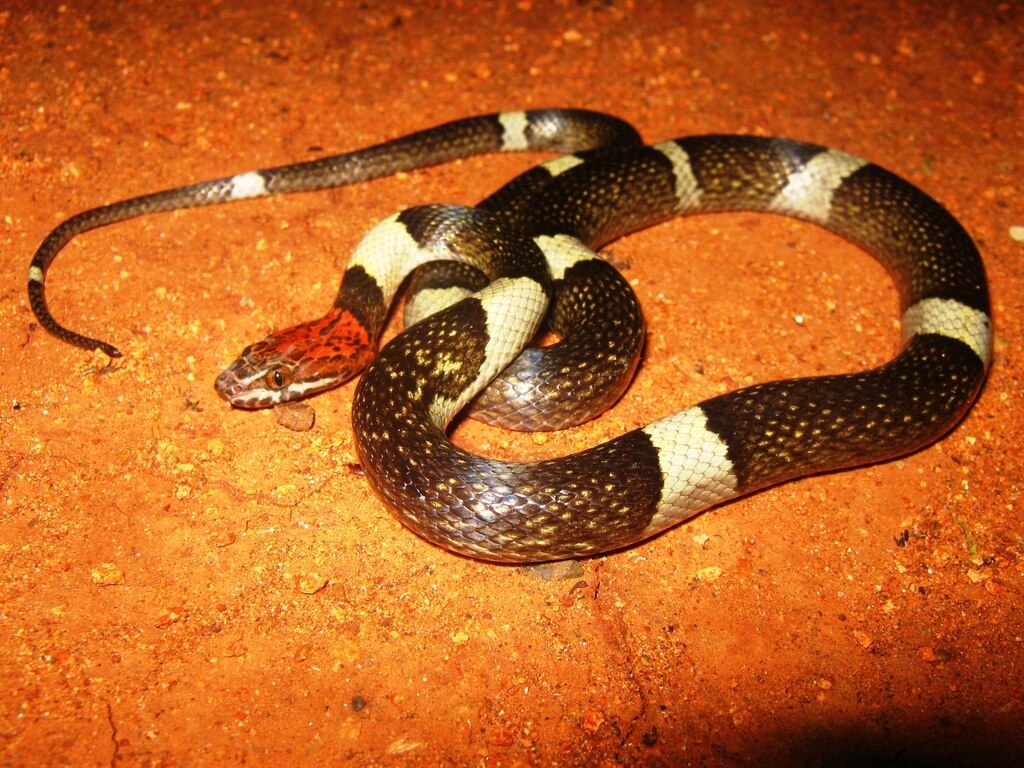
Despite the physical exertion involved, constrictors employ sophisticated energy conservation strategies during prey subjugation. One key approach involves maintaining just enough pressure to prevent prey respiration while minimizing unnecessary muscular effort. This precise application of force is reflected in the snake’s breathing pattern, which becomes more economical after the initial restraint is established. Research using pressure sensors has revealed that constrictors don’t simply squeeze continuously at maximum strength but rather apply pulsed pressure that increases in response to prey movements and decreases during periods of prey inactivity. This pressure modulation allows for more efficient breathing by the snake, as it can slightly relax some muscles during lower-pressure phases, facilitating better chest expansion in certain body segments. This energy efficiency is crucial, as constriction events can sometimes last for extended periods, particularly with larger prey items.
The Role of Anaerobic Metabolism

During intense constriction, snakes partially rely on anaerobic metabolism to supplement their oxygen-dependent energy production. This anaerobic capacity allows constrictors to maintain powerful muscle contractions even when oxygen delivery might be temporarily compromised by their coiled posture. Muscle tissue samples from constrictors show higher concentrations of enzymes associated with anaerobic glycolysis compared to non-constricting snake species. The resulting lactate accumulation creates an oxygen debt that must be repaid during a recovery period after the prey has been subdued. This physiological pattern explains the deep, rapid breathing often observed in constrictors after they have released their prey from coils but before beginning to swallow. The snake’s ability to temporarily defer some oxygen requirements through anaerobic metabolism represents an important adaptation that helps resolve the competing demands of breathing and constricting.
Comparing Juvenile and Adult Breathing Patterns
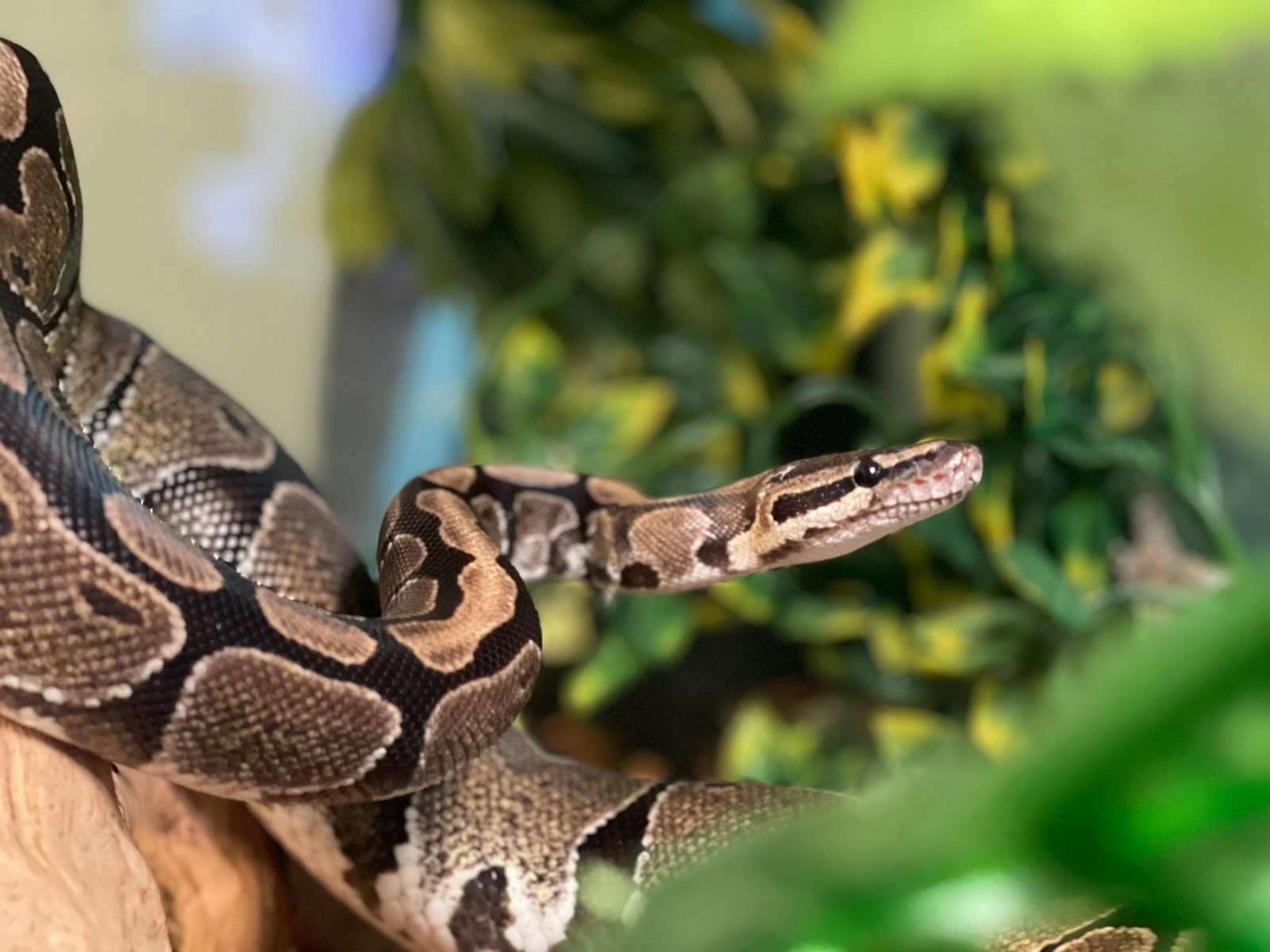
The respiratory responses during constriction differ significantly between juvenile and adult snakes of the same species. Young constrictors typically exhibit more frequent breathing interruptions during prey restraint, suggesting their respiratory control systems are less refined. Adult constrictors generally maintain more consistent breathing patterns throughout the constriction process. This developmental difference reflects both the anatomical maturation of the respiratory system and improved neuromuscular coordination that comes with age and experience. Interestingly, juvenile snakes also tend to apply more consistent pressure during constriction rather than the modulated pressure patterns seen in adults. This difference suggests that the ability to fine-tune constriction effort—which enables more efficient breathing—develops over time as the snake gains hunting experience. These age-related differences highlight how constriction ability is not simply an innate behavior but involves learned components that improve respiratory efficiency.
Technological Insights from Modern Research

Our understanding of snake breathing during constriction has been revolutionized by modern research technologies. High-speed X-ray videography (fluoroscopy) now allows researchers to visualize the internal movements of a snake’s ribs and lungs during constriction in real-time. Implantable oxygen sensors and pressure transducers provide direct measurements of blood oxygen levels and muscle contraction force throughout the constriction process. These technologies have revealed previously unknown subtleties in how constrictors manage their breathing. For example, recent studies using thermal imaging have shown that snakes can selectively increase blood flow to specific body regions during constriction, effectively creating “respiratory zones” and “constriction zones” along their body. Additionally, electromyography (EMG) recordings have documented precisely how different muscle groups are activated in sequence to maintain both breathing and constriction simultaneously. These technological advances continue to deepen our understanding of the remarkable physiological balancing act performed by constricting snakes.
Evolutionary Significance

The specialized breathing adaptations of constrictors represent a fascinating example of evolutionary problem-solving. The ability to breathe effectively while constricting prey likely evolved gradually as ancestral snakes that could better manage their respiration during prey restraint gained a selective advantage. Comparative studies across the snake family tree suggest that the most sophisticated respiratory adaptations for constriction emerged independently in several lineages, representing convergent evolution toward similar solutions. These adaptations were critical evolutionary innovations that opened new ecological niches by allowing snakes to subdue larger and more dangerous prey. The respiratory specializations seen in modern constrictors highlight how the evolution of a new hunting strategy requires coordinated changes across multiple physiological systems. By solving the fundamental challenge of how to breathe while constricting, snakes developed one of the most effective predation strategies in the animal kingdom, fundamentally reshaping their evolutionary trajectory and ecological roles.
Conclusion
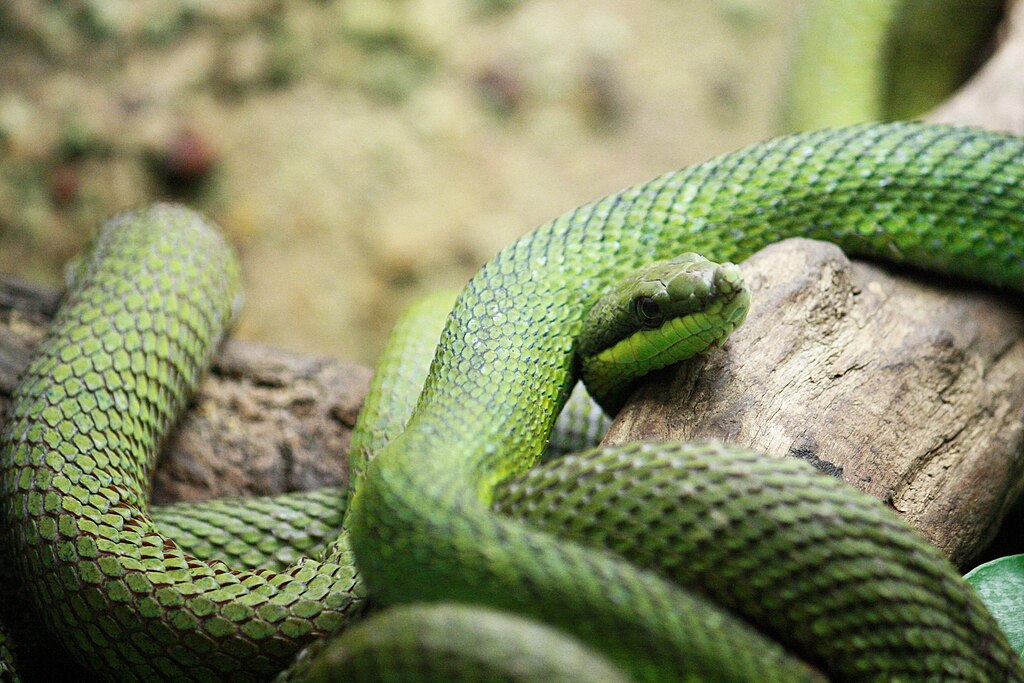
The respiratory physiology of constricting snakes represents one of nature’s most elegant solutions to a complex biological challenge. Through specialized lung structure, selective muscular control, and integrated cardiovascular responses, these remarkable predators can maintain their own breathing while denying the same to their prey. The breathing adaptations we’ve explored—from tracheal modifications to segmented rib control—demonstrate how deeply intertwined form and function become through evolutionary processes. As research technologies continue to advance, we’re gaining ever more detailed insights into the precise mechanisms that allow constrictors to perform their impressive predatory feat. This deeper understanding not only satisfies scientific curiosity but also highlights how studying unusual biological adaptations can reveal fundamental principles about physiological systems and evolutionary processes.

